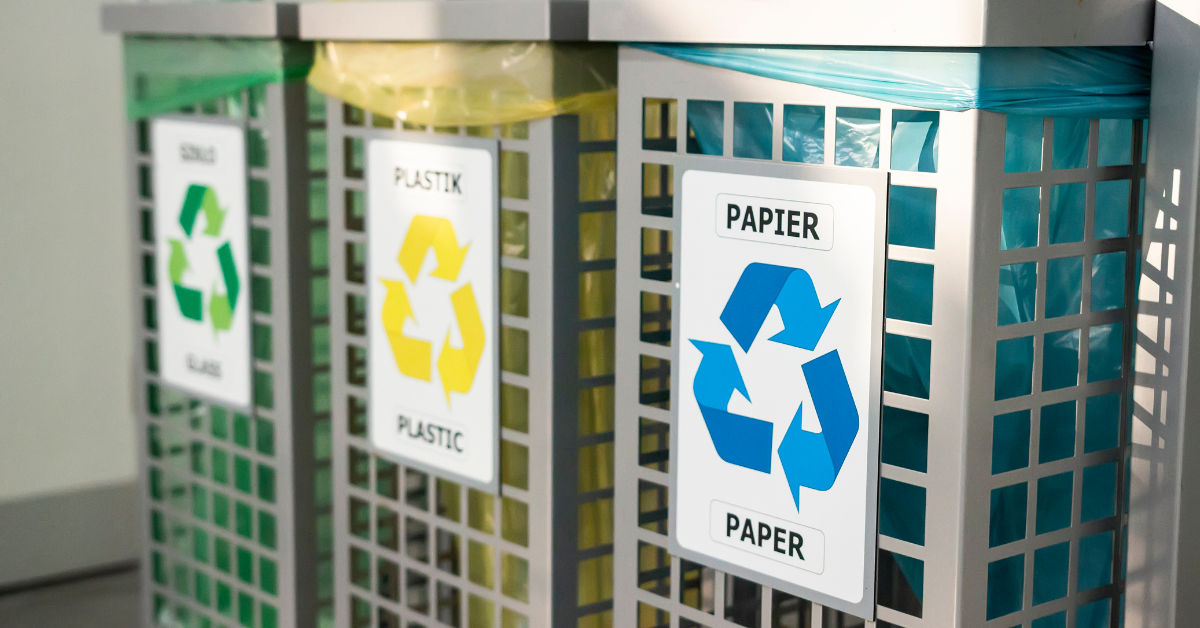Water is one of our planet’s most vital resources, yet it is often taken for granted. As global water shortages become more frequent, it’s essential to adopt sustainable practices to conserve water at home. By making simple changes in your daily routines, you can significantly reduce water waste and contribute to a more sustainable future. This guide provides effective techniques to help you cut household water use without compromising on comfort or convenience.
The Importance of Water Conservation
According to the United Nations, nearly 1.2 billion people experience water scarcity, and the situation is expected to worsen due to climate change and population growth. Conserving water not only helps alleviate this crisis but also reduces your utility bills and lowers the energy footprint associated with water heating and transportation.
Effective Techniques for Reducing Household Water Use
1. Fix Leaks Promptly
A dripping faucet or leaky pipe might seem minor, but it can waste thousands of gallons of water annually. Regularly check for leaks in sinks, toilets, and outdoor hoses, and repair them immediately.
Pro Tip: Add food coloring to your toilet tank to detect leaks. If the color seeps into the bowl without flushing, you have a leak.
2. Install Water-Saving Fixtures
Modern fixtures are designed to use less water without compromising performance. Consider upgrading to:
- Low-flow showerheads: Use up to 50% less water than standard models.
- Faucet aerators: Mix air with water to reduce flow while maintaining pressure.
- Dual-flush toilets: Offer separate flush options for liquid and solid waste, saving gallons per flush.
Explore more: EPA WaterSense Program
3. Practice Efficient Lawn Care
Outdoor water use accounts for a significant portion of household consumption. To conserve water in your yard:
- Water Early or Late: Watering during cooler times of the day reduces evaporation.
- Use Native Plants: Opt for drought-resistant plants that thrive in your climate with minimal watering.
- Install Drip Irrigation: Delivers water directly to plant roots, reducing waste.
Discover native gardening tips: National Wildlife Federation Gardening
4. Harvest Rainwater
Rainwater harvesting systems capture runoff from roofs and store it for later use. This water can be used for landscaping, washing cars, or even flushing toilets.
Simple Options:
- Rain Barrels: Affordable and easy to install.
- Underground Tanks: Ideal for large-scale water collection.
5. Optimize Your Dishwasher and Washing Machine Use
Dishwashers and washing machines can consume significant amounts of water. Optimize their use by:
- Running Full Loads: Avoid partial loads to maximize water efficiency.
- Upgrading to Energy-Star Appliances: These models use less water and energy compared to older versions.
6. Adopt Water-Smart Habits in the Bathroom
The bathroom is one of the most water-intensive areas in your home. Small behavioral changes can make a big difference:
- Turn Off the Tap While Brushing Teeth: Saves up to 200 gallons per month.
- Shorten Showers: A 5-minute shower uses significantly less water than a 10-minute one.
- Reuse Towels: Reduces the frequency of laundry, saving water and energy.
Benefits of Conserving Water at Home
Environmental Benefits:
- Preservation of Aquatic Ecosystems: Reduces strain on freshwater resources like rivers and lakes.
- Lower Energy Consumption: Conserving water decreases the energy required for pumping, heating, and treating water.
Financial Savings:
- Reduced Utility Bills: Using less water means lower monthly costs.
- Tax Incentives: Some areas offer rebates for installing water-saving devices.
Common Misconceptions About Water Conservation
Myth 1: Small Actions Don’t Make a Difference
Even small changes, like fixing leaks or turning off the tap, can save hundreds of gallons of water over time.
Myth 2: Water Conservation Is Expensive
Many water-saving practices, such as rainwater harvesting or faucet aerators, are affordable and provide long-term savings.
How Technology Enhances Water Conservation
Smart Irrigation Systems
AI-driven irrigation systems adjust watering schedules based on weather conditions and soil moisture levels, minimizing waste.
Learn more: Rachio Smart Sprinklers
Leak Detection Devices
Smart water monitors can alert you to leaks in real time, preventing water loss and costly damage.
Low-Flow Appliances
Energy-efficient dishwashers and washing machines use advanced technology to clean effectively with minimal water.
Community Initiatives for Water Conservation
Joining community efforts can amplify your impact. Look for:
- Local workshops on water-saving techniques.
- Community rainwater harvesting projects.
- Public campaigns promoting water-efficient landscaping.
Get involved: American Rivers Conservation Programs
Final Thoughts
Water conservation is not just a responsibility but an opportunity to contribute to a more sustainable future. By adopting the techniques outlined in this guide, you can significantly reduce your household water usage, lower your utility bills, and help preserve this precious resource for future generations.
Start small, stay consistent, and inspire others by sharing your journey toward water efficiency. Together, we can make a big difference.
Meta Description:
Learn effective water conservation techniques to reduce household use. Discover tips for fixing leaks, installing water-saving fixtures, and optimizing outdoor irrigation.
SEO Title:
Water Conservation Made Easy: Effective Techniques to Reduce Household Use
Keyword Suggestions:
- Water conservation tips
- Reduce water usage























